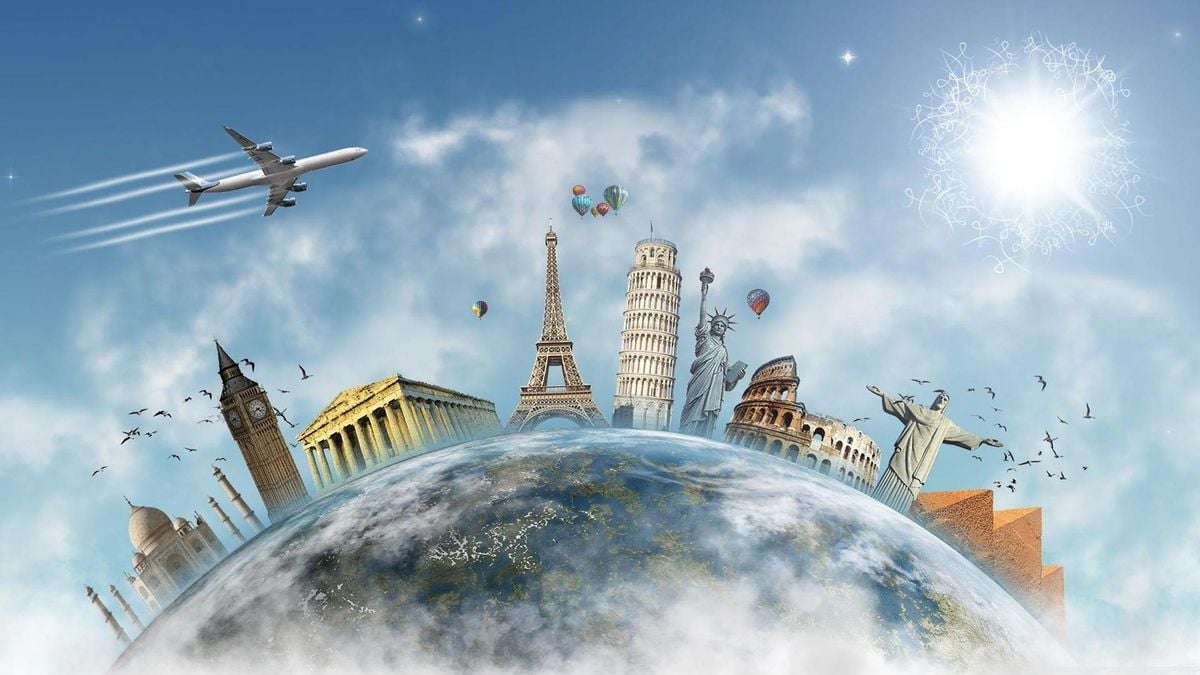In a bold move to protect its natural beauty and delicate ecosystem, Switzerland has taken significant steps to limit tourist access in some of its most picturesque areas. The quaint village of Zermatt, famous for its breathtaking views of the Matterhorn, is the latest to implement these measures, addressing the impact that overwhelming tourist numbers have on the environment.
Situated at a staggering elevation of 2,800 meters (approximately 9,200 feet), the Riffelsee lake above Zermatt has long been a hotspot for visitors, especially during peak seasons. Travelers flock here not just for the stunning panoramic views but also to capture that perfect Instagram-worthy shot. However, this surge of tourists has come at a cost; the trampling of alpine flora, particularly the native edelweiss, has raised alarms among conservationists and local authorities alike.
Reports suggest that edelweiss, a flower iconic to the Swiss Alps, has not been sighted in the vicinity of Riffelsee for several years due to the sheer number of people tread upon its habitats. In response, local authorities have decided that enough is enough. While recognizing the importance of tourism to the local economy, they are also aware of the urgent need to safeguard these vulnerable sites.
To balance the needs of visitors with environmental preservation, Zermatt has introduced a system that directs tourists along marked paths to the lake, while allowing access to the previously trampled pastures. The primary aim is not simply to deter tourists but to educate them about the rich biodiversity of the alpine region. An alpine garden has been established in this area, which marks the highest garden in Europe. This garden showcases a variety of 148 plant species, and visitors are invited to engage with the flora via narrow walkways, with QR codes providing insights into the different plants’ backgrounds.
This innovative solution comes in the wake of a broader awareness throughout Europe regarding the detrimental impact of mass tourism. Similar issues have emerged in other breathtaking destinations across the continent. For instance, the idyllic village of Lavertezzo in Canton Ticino has seen a tidal wave of visitors drawn by social media fame, leading to excessive littering and congestion.
As stories of tourists engaging in behavior that disrespects local culture arise, the situation becomes more complex. In Florence, for example, a recent incident involving a tourist mimicking a lewd act with the Roman statue of Bacchus sparked outrage among locals. Incidents like these amplify frustrations regarding the type of tourism being promoted, with many concerned that visitors may prioritize photo opportunities over genuine cultural experiences.
The challenges brought on by the influx of tourism extend beyond Switzerland. Across various regions, rising numbers of Instagram tourists are inadvertently putting pressure on delicate natural ecosystems. In Eastern Switzerland’s Canton Glarus, inexperienced hikers and wild campers have begun venturing into the mountains, encouraged by the allure of incredible photo opportunities. This mismanaged influx poses safety risks for the campers themselves and threatens the native flora and fauna. Campers leavе behind waste that damages the pristine alpine environment.
While tourism is a pivotal aspect of Switzerland’s economy, locals are increasingly questioning whether the balance has tipped too far. Many tourists now arrive primarily with the intention of snapping that perfect photo, rather than immersing themselves in the rich cultural and natural heritage the region has to offer. This realization brings a sense of disappointment for locals, who would like visitors to appreciate the unique allure of these areas.
Even with these new regulations, will they be enough to preserve Switzerland’s natural wonders while still allowing people to enjoy the experiences that made these places famous? As Zermatt navigates this delicate balance between tourism and conservation, other destinations may take note of their approach, looking for solutions that allow them to protect their own unique landscapes.
As more travelers turn to social media to guide their adventures, the situation poses a critical question: how can the allure of picturesque landscapes be balanced with the need for environmental conservation? One might wonder if there’s a feasible way forward that ensures both the economy thrives and these stunning areas continue to flourish, both ecologically and aesthetically.
Give Feedback. How was this article?
You can help us improve by leaving feedback specific to
this content.
Which of the following feelings did this article evoke in
you?
Multiple Selection
How would you rate the quality of this article?
How easy was it for you to find the information you were
looking for in this article?
Super Hard😱
😎Super Easy
Artificial intelligence is increasingly used in content
creation. What percentage of this article do you estimate was generated by AI?
How can we improve this article (or our articles in
general)?
Do you have any other suggestions for improving our content
or
website?
Thanks for the feedback
Thank you for supporting us to improve ourselves with your
feedback.
